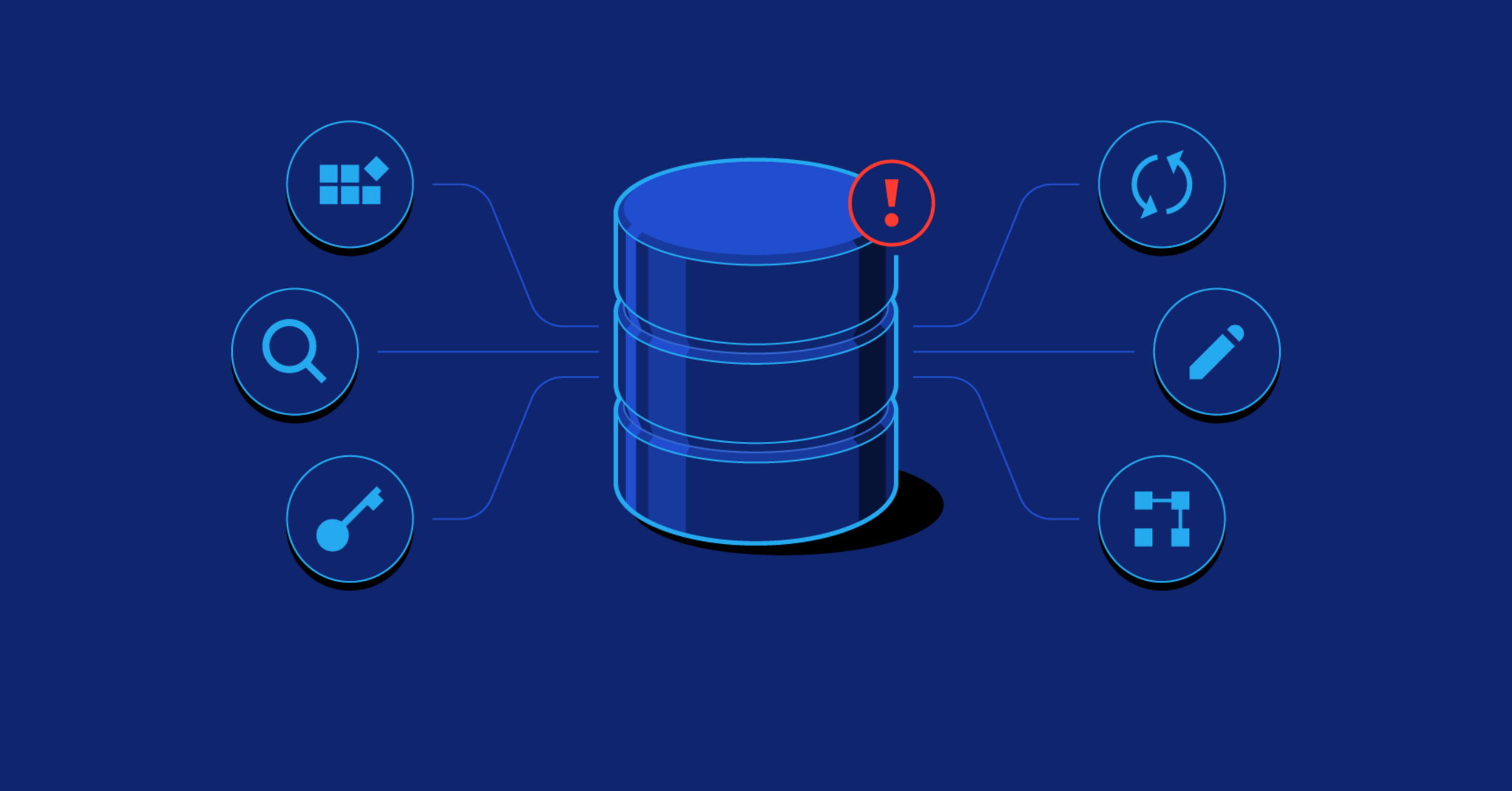Database Management Systems
- Description
- Curriculum
- Reviews

-
1Introduction of DBMS (Database Management System)
A Database Management System (DBMS) is a vital software tool that enables efficient management, organization, and retrieval of data in structured formats. It minimizes redundancy, ensures data integrity, enhances security, and supports multi-user access. This article explores the key features, types, and functionalities of DBMS, as well as the advantages and disadvantages associated with using these systems in modern applications.
-
2History of DBMS
The evolution of Database Management Systems (DBMS) began in the 1960s with early systems like Charles Bachman’s Integrated Data Store and IBM’s Information Management System, which utilized hierarchical and network models. The introduction of the relational model by Edgar F. Codd in the 1970s revolutionized data management by organizing data into tables and using SQL for queries, leading to the development of modern systems like Oracle and MySQL. Over the decades, advancements in data storage and processing techniques have transformed how data is organized, stored, and retrieved, culminating in the rise of NoSQL databases to handle unstructured data in the era of big data. Today, DBMS remains essential for ensuring data security, consistency, and integrity across various industries.
-
3Advantages of DBMS
A Database Management System (DBMS) is a comprehensive suite of software tools designed to manage, access, and manipulate interrelated data while ensuring security and integration. It enhances data management by providing advantages such as improved data security, reduced redundancy, data consistency, and efficient access and retrieval. Unlike traditional file systems, DBMS facilitates data sharing across multiple applications, supports data abstraction, and offers robust backup and recovery mechanisms. Overall, DBMS is essential for modern organizations, enabling effective data handling and decision-making in a structured and secure environment.
-
4Disadvantages of DBMS
A Database Management System (DBMS) is software designed to manage, store, and retrieve structured data, facilitating operations such as Create, Read, Update, and Delete (CRUD). While DBMS offers significant advantages in data management across various sectors, it also presents several disadvantages. These include increased costs for hardware, software, and staff training; complexity in design and maintenance; performance issues for small-scale organizations; frequent upgrade cycles; and potential security vulnerabilities. Additionally, challenges such as data isolation, redundancy, and integrity problems can complicate effective data management. Understanding these limitations is crucial for organizations to navigate the evolving landscape of data management effectively.
-
5Application of DBMS
Database Management Systems (DBMS) are crucial software tools that facilitate the efficient and secure management, storage, and retrieval of data across various sectors. Acting as an intermediary between end users and databases, DBMS supports functions such as administration, data retrieval, updating, and storing, while ensuring data integrity and security. Applications of DBMS span a wide range of industries, including railway and airline reservation systems, banking, education, e-commerce, healthcare, and telecommunications, each relying on DBMS for effective data management and sharing. Overall, DBMS plays an essential role in modern organizational operations, enabling scalability and supporting complex data management needs.
-
6Need for DBMS
Database Management Systems (DBMS) represent a significant advancement over traditional file management systems, which faced limitations such as data redundancy, inconsistency, and security vulnerabilities. A DBMS provides a structured framework for storing, retrieving, and managing data efficiently while enabling multiple users to access and modify data simultaneously. Key advantages of DBMS include reduced data redundancy, improved data integrity and consistency, enhanced security through role-based access, simplified data access via query languages like SQL, and support for data relationships. Additionally, DBMS facilitates concurrent data access, robust data analysis and reporting capabilities, scalability, and cost-effectiveness, making it essential for modern organizations to handle large volumes of data effectively and securely.
-
7DBMS Architecture 1-level, 2-Level, 3-Level
Database Management System (DBMS) architecture is essential for efficient data management and system performance, influencing how users access and interact with databases. There are three primary types of DBMS architecture:
1. 1-Tier Architecture: In this simple setup, the database, application logic, and user interface reside on a single machine, making it suitable for personal or standalone applications, such as Microsoft Excel.
2. 2-Tier Architecture: This model features a client-server structure where the client application directly communicates with the database server. It is commonly used in systems like library management, offering easy access and scalability.
3. 3-Tier Architecture: This architecture introduces an application server between the client and the database, enhancing scalability, data integrity, and security. It is ideal for large web applications, such as e-commerce platforms, but is more complex than the other models.
Choosing the appropriate DBMS architecture is crucial for meeting the specific needs of an organization, balancing complexity, scalability, and performance.
-
8Difference between File System and DBMS
A File System and a Database Management System (DBMS) are two distinct data management systems with different functionalities and characteristics. A File System organizes files into directories on a storage medium, allowing basic operations like reading, writing, and deleting files. It is simple and cost-effective but lacks advanced features for managing complex data relationships and ensuring data consistency. In contrast, a DBMS is a sophisticated software application designed to manage large amounts of structured data, providing functionalities such as efficient query processing, data integrity, security measures, and backup and recovery options. While file systems are suitable for small amounts of unstructured data, DBMS is ideal for complex data management needs, ensuring accuracy, security, and performance in handling extensive records. Overall, DBMS offers a more organized and reliable approach to data management compared to traditional file systems.
-
9Basics of DBMS Quiz




